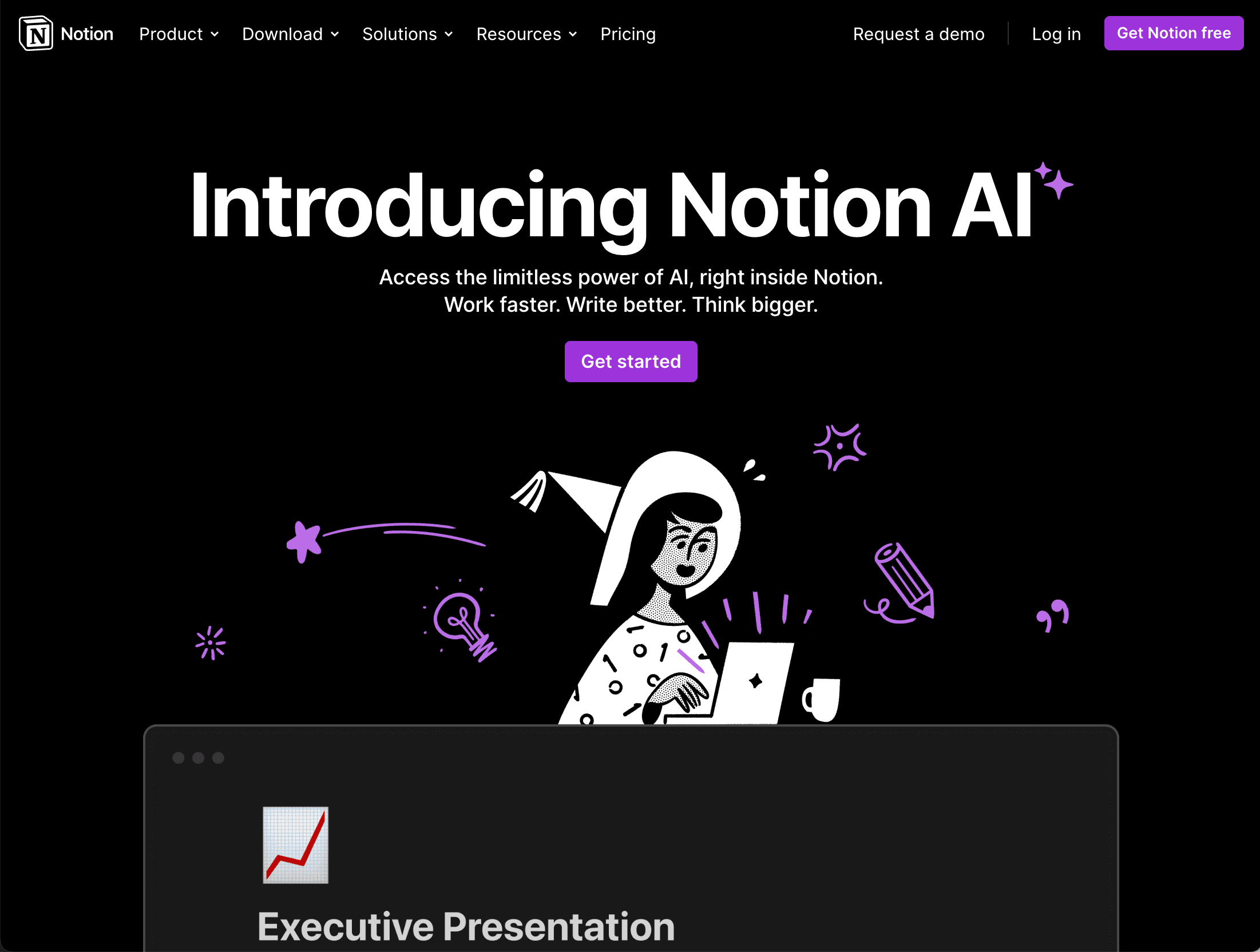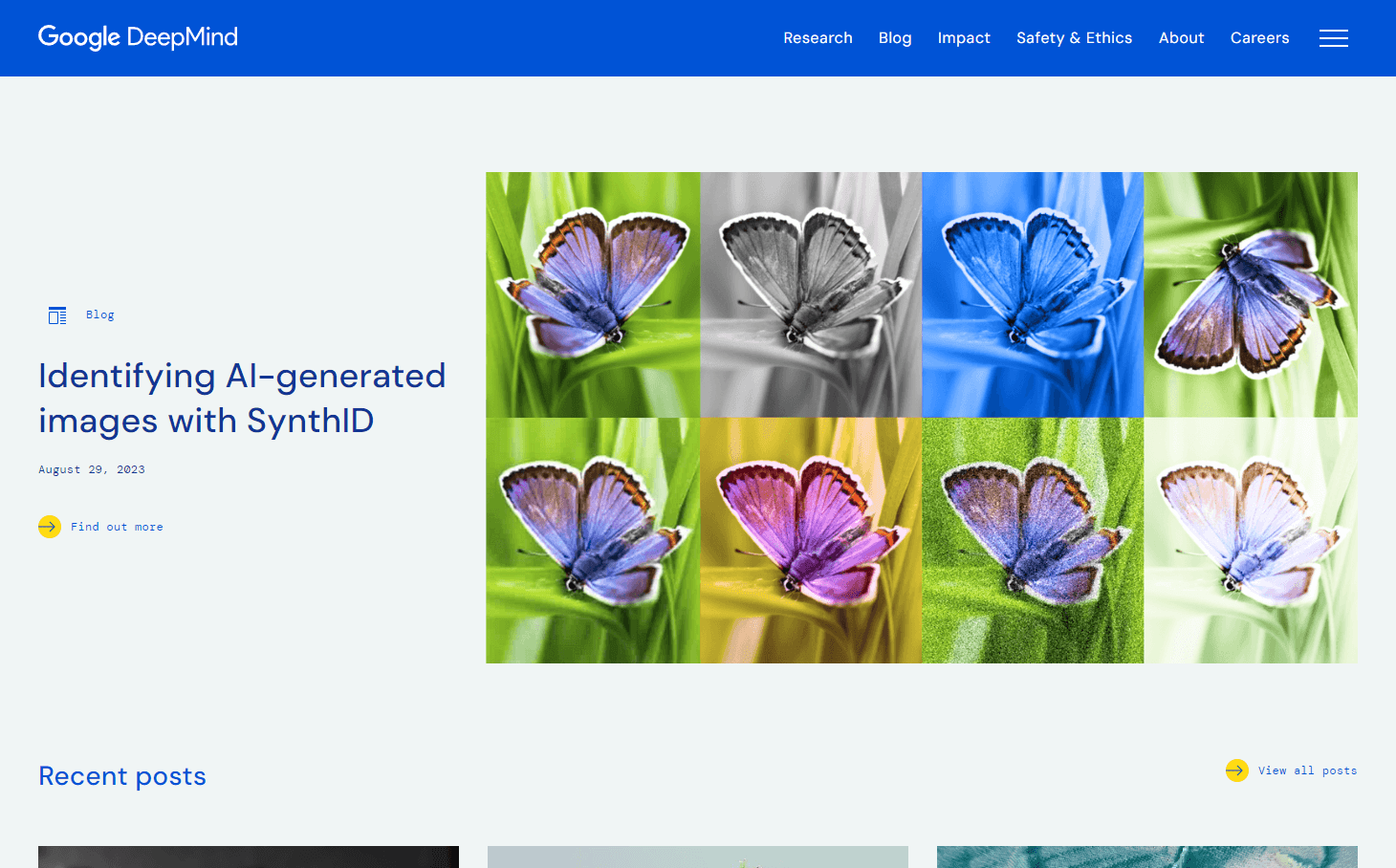How Generative AI is Changing the Business Landscape
Advancements in the field of artificial intelligence have revolutionized the way in which humans perceive the world around them. One area where AI has truly made an impact could be the field of digital art. Generative AI tools, in particular, took the digital art world by storm, allowing artists to create unique and stunning pieces of art with minimal effort. In this article, we will explore the idea of generative ai tools, their impact on digital art, and how they're changing the face area of the creative industry.

Generative AI tools make reference to computer algorithms that have the ability to create unique works of art through a process called generative design. This process involves the use of artificial intelligence to consume data, such as images, colors, and patterns, and use it to generate a fresh piece of art. The tool can then refine and adjust the generated image centered on users'inputs. Generative AI produces visual compositions that will not need been possible through traditional art-making techniques.
The impact of generative AI tools on digital art has been massive. These tools have democratized the creation of digital art, leveling the playing field by allowing anyone to create art, even without the formal training. Generative tools accelerate the creative process by presenting a nearly infinite array of possibilities, allowing artists to experiment with various styles and approaches and achieve outcomes they couldn't have imagined.
The potential of generative AI tools extends far beyond digital art and right into a wide range of fields, from engineering and architecture to fashion design and music composition. In architecture, generative design can be utilized to optimize structures, that could result in more effective and sustainable building designs. In fashion, generative design tools can automate the fabric selection process, allowing designers to concentrate on the creative design process.
Generative AI tools are becoming more user-friendly, making it easier for everyone to produce and experience art. Google's Deep Dream project, a favorite generative AI tool, has managed to get easy for visitors to experiment with generative art forms within an accessible way. The tool uses a convolutional neural network to process and analyze a picture, finding patterns and shapes within it before manipulating it to create a trippy and surreal image.

Conclusion:
Generative AI tools have opened new possibilities in the digital art realm, democratizing the creation of art through providing a nearly endless range of alternatives for artists. Beyond the entire world of digital art, generative AI tools are transforming a wide variety of fields and can be utilized to optimize structures, automate design processes, and make it easier for individuals to experience art. As technology advances and these tools are more user-friendly, the era of generative AI tools is likely to continue revolutionizing the way we create and experience art, propelling us into a fantastic new age in the digital art world.
